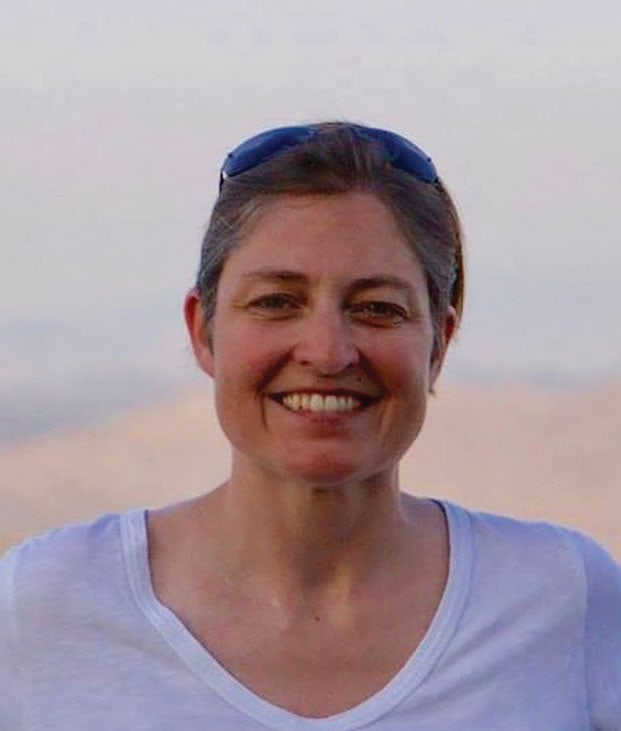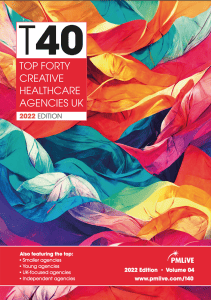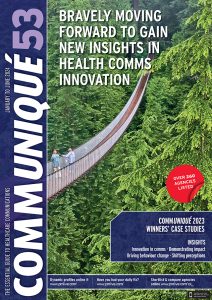
When I told my grandmother what I did for a living, she replied with something along the lines of: “I sure hope my doctor doesn’t choose medicine based on a pretty picture in a magazine.”
We then ventured into a conversation about how I should have gone to law school. Putting family dynamics and judgemental pensioners aside, my grandmother’s observation highlights a key issue in our industry: does creativity really have a place in healthcare marketing?
Creativity makes marketing better
In the world of declining marketing budgets and impending recessions, everything needs to be measurable – especially in healthcare. If your KPIs don’t show ROI with a clear CTA, you’re not securing that pot of gold for your brand’s campaign. And creativity is no different.
Luckily, two very smart people, namely Les Binet and Peter Field, have made a career out of proving the effectiveness of creativity. And they’ve proven what anyone in advertising could’ve guessed: creativity works. As someone with the word ‘creative’ in their job title, I’m particularly fond of Binet and Field’s stat that ‘creatively awarded campaigns are 11 times as efficient at driving share of market growth as non-creatively awarded ones’.
However, it’s not all Cannes Lions and unicorns. Peter Field released a new report in 2019 – at Cannes no less – showing that creatively awarded campaigns are now no more effective than non-awarded campaigns. In fact, they are less effective than they’ve been in the last 24 years of analysis. But don’t worry, we don’t have to change our job titles to Not-so-Creative Director just yet.
As it turns out, creativity isn’t the problem, it’s how that creativity is delivered. Field concluded that the shift from long-term brand-building campaigns to short-term activation-focused campaigns is sucking the life out of creative effectiveness. And, therefore, bleeding the ad industry dry.
While many ad folk at Cannes in 2019 probably took up residence at the Gutter Bar, I can’t help but wonder if the health- focused creatives didn’t skip merrily back to their yachts, rubbing their hands with glee.
Healthcare is a long game
So, creativity makes marketing work better, but only if a large portion of it is focused on long- term brand building. This is where healthcare is in luck. We’re in a highly regulated area of marketing, and a fortunate consequence of that regulatory quagmire is a more long-term outlook for brands in healthcare advertising.
Don’t get me wrong. There was a time when I lamented the fact I couldn’t drop a cookie on every healthcare professional (HCP) who visited my beautifully crafted Rx website and follow them around the web, imploring them to ‘prescribe now while stocks last’.
While that kind of short-term tactic has a place, it won’t build a brand people respect or rely on. For that, you need long-term creative campaigns that show a brand’s true colours and, most importantly, the commitment to customers.
This is where all those medical/legal approvals have a silver lining – they force us to think long term. Our campaigns often run for years, not the weeks or months seen in consumer advertising. That means we have to play the long game of brand building and give creativity room to breathe.
It starts two or three years prior to launch with medical education, disease awareness and various other non-promotional communications. We then move into a carefully planned launch phase, followed by a combination of long- and short-term campaigns aimed at different audiences at different times. And at the heart of it sits considered, differentiating creativity.
But that creativity can’t just be a pretty picture on the cover of a detail aid full of Kaplan–Meiers. It needs to be creativity that solves problems and makes decisions easier. The kind of creativity that shows how a treatment can impact a patient’s life, streamline an HCP’s practice or provide some relief to a bruised and battered NHS.
That’s the kind of creativity that builds a brand, not just quarterly sales figures. And that’s the kind of creativity I’d be happy to show my grandmother.
Amy Johnson is Associate Creative Director of Purple Agency





